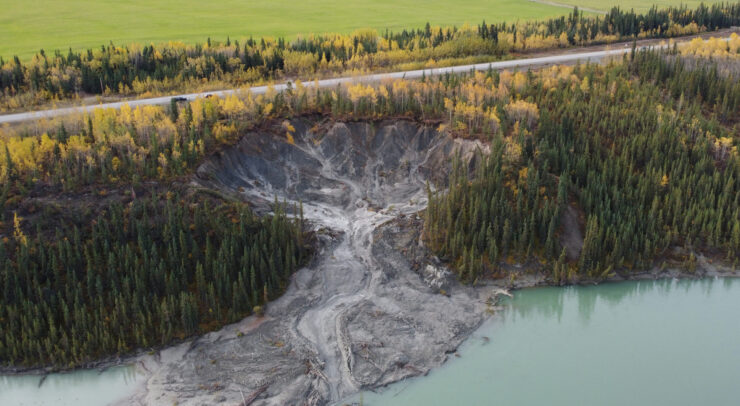OUR TIME IS RUNNING OUT
In the spirit of Halloween, the Fulcrum has been searching for something truly terrifying to discuss this week. Perhaps a lively discourse on Henry James’ haunting short story The Turn of The Screw? Or better yet, Bram Stoker’s sensational, blood-soaked and incredibly influential 1897 vampire novel Dracula.
For some, a classic gothic tale could really do the trick — but what about something that predates Dracula? Something older than the dinosaurs, and even came before our primitive Eukaryotes?
They’re invisible to our naked eyes and are birthed in the bellies of demons (humans, cows, and pigs, mainly) and require hellish conditions to thrive (environments free of oxygen). What could they be? Methanogens, of course!
What are methanogens?
Put simply, methanogens are a diverse member of anaerobic microbes (organisms) that are found in anaerobic environments, such as the guts of animals, sludge, swamps, sewage and more. According to a 2018 study, there are currently seven orders of methanogens that belong to the archaea domain.
These methane-producing archaea methanogens are characterized by their ability to conserve energy for ATP (adenosine triphosphate) synthesis by producing methane gas. As a result, they are largely responsible for the main reaction affecting the production of methane gas on this planet.
What is methanogenesis?
For background, microbial growth is only one part of a larger concept known as metabolism, which can be broken down into the building up (anabolism) and the breaking down (catabolism) of complex molecules. These processes occur through a series of reactions known as metabolic pathways.
It’s important to note that anabolism, the set of reactions responsible for biosynthesis or the building up of complex molecules, is fuelled by catabolic pathways. Meaning molecular energy stored in the bonds of complex molecules can be released in the breakdown of these compounds to drive anabolic pathways.
Another way in which scientists have classified metabolism is by the flow of energy or electrons from a donor to an acceptor. Most methanogens can use CO2 as a terminal electron acceptor in anaerobic respiration, reducing it to CH4 with H2 as an electron donor.
Only a very few other substrates, chiefly acetate, are directly converted to CH4 by methanogens. To convert most organic compounds to CH4, methanogens must team up with partner organisms called syntrophs that function to supply them with precursors for methanogenesis.
How does permafrost play into this?
Consider the Arctic regions, where the soil is frozen as permafrost. Stored within is an enormous mass of 1,400 to 1,600 billion metric tonnes of organic carbon. This is due to the fact that over millions of years, organic plant and animal matter would’ve been trapped and stored within the layers of the frozen soil.
As this permafrost thaws, the liquid water would convert frozen grasslands into wetlands, swamps, and bogs, which are major habitats for archaea that produce methane. In addition, the thawing of permafrost would release all that stored carbon for methanogens to metabolize and use to produce methane resulting in epic feasting on carbon by these microbes. The result would be similar to that of a doomsday event — hence the name methane time bomb.
To add fuel to this so-called ‘fire,’ methane is a powerful greenhouse gas with a warming potential 20 times more powerful than CO2. Therefore, if Arctic warming continues at its present pace, much more permafrost carbon could be converted into methane, significantly accelerating global climate change.






